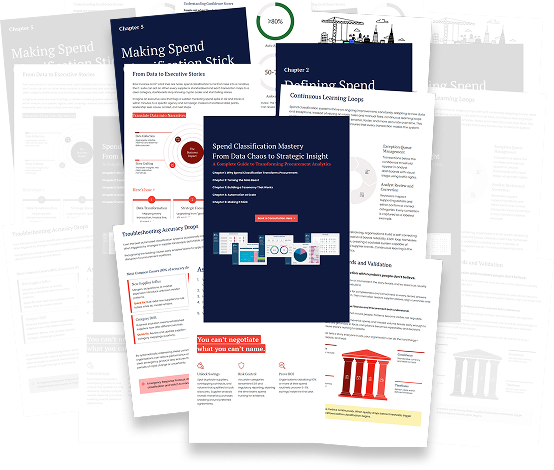When negotiating or influencing we are seeking to persuade the other party to allow us to achieve our objectives. If objectives are the ‘what’, then persuasion is the ‘how’ of negotiation. Most procurement practitioners use facts, data and information to persuade others, as the presentation of evidence creates legitimacy around the position adopted. For example, a supplier’s objective is to achieve a 5% price increase but knows that simply asking for it will not achieve results. Instead the seller attempts to persuade the buyer by producing facts, charts and information as evidence to support the claim that a 5% price increase is warranted. The buyer responds with their own facts, for example, that their budgets have been cut by 5%. The parties then explore alternative methods of persuasion, such as bargaining. The buyer offers an extended contract if the supplier withdraws the proposed increase. If persuasion does not work, the parties may agree to ‘split the difference’, as that is ‘fair’. For example, the supplier may be proposing 3% price rise and the buyer offering a 1% price rise, and the parties may settle on a 2% increase. Each party loses a little, but an equal amount, and agreement is reached. See also Negotiation and Win:Win.
« Back to Glossary IndexPersuasion
Discover the world’s largest Glossary of Procurement terms
With over 800 Procurement specific terms (and growing) you will find everything you need to know or thought you knew about the Procurement function. Our aim is to provide you with a comprehensive list collated from the Comprara Groups hub of training and procurement consulting source materials.The Procurement Glossary has been compiled by industry expert Paul Rogers.










